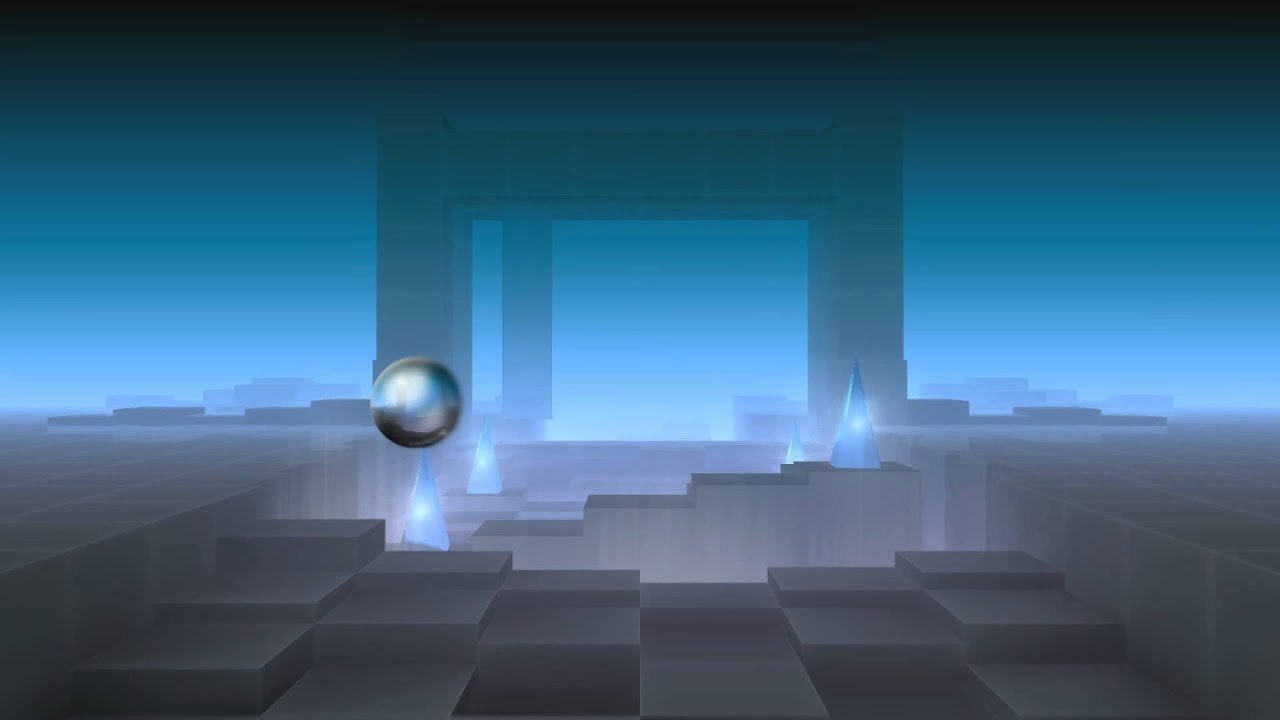Introduction to Glass Maze
Glass Maze is a captivating mobile puzzle game that presents a unique fusion of aesthetics and intellect, inviting players to traverse through intricately designed levels that embody a transparent aesthetic while housing complex challenges. The core concept of Glass Maze revolves around guiding a character or object through a maze-like environment made of glass, wherein players encounter a plethora of cleverly devised puzzles that test their problem-solving abilities and creativity.
The gameplay mechanics are straightforward yet deeply engaging, requiring participants to utilize their critical thinking skills to navigate through each level. Players must manipulate various elements within the environment—such as walls, obstacles, and transparent barriers—to create pathways and achieve their objective. This blend of visual appeal and interactive engagement allows the game to stand out in a market saturated with similar offerings. The transparent design not only enhances the game’s aesthetics but also plays a pivotal role in crafting immersive and stimulating puzzle experiences.
What makes Glass Maze particularly intriguing is the innovative approach to puzzles. Unlike traditional puzzle games where solutions might be more apparent, Glass Maze encourages players to think outside the box. Each level is meticulously crafted with layers that challenge the player’s intellect, pushing the boundaries of conventional problem-solving techniques. As players progress, they will encounter an array of obstacles that demand a combination of spatial reasoning and strategic planning. This dynamic interplay of aesthetic design and puzzle complexity ensures that players are not merely completing levels, but also experiencing a thoughtful journey through a transparent world filled with opaque solutions.
The Artistic Design: Transparency and Aesthetics
The artistic design of Glass Maze is integral to the player’s experience, as it cleverly merges transparent visuals with complex gameplay to create a unique immersion. At first glance, players are captivated by the clarity and elegance of the game’s aesthetic. The use of transparent elements not only establishes a visually striking environment but also enhances the clarity of choices available within the game. This transparency, however, also contrasts sharply with the underlying complexity of the puzzles, fostering a richer engagement as players navigate through seemingly simple pathways that lead to intricate challenges.
Color schemes play a critical role in this artistic design. The game employs a minimalist palette, often favoring soft hues that evoke a sense of calm and contemplation. This choice not only aids in maintaining focus on the puzzles at hand but also harmonizes with the overall theme of transparency. These color selections are deliberate, as they guide players’ eyes and subtly emphasize important elements within each level. The minimalist design effectively removes distractions, allowing individuals to immerse themselves fully in the gameplay experience.
Moreover, the coherence of the visuals throughout the game fosters a sense of continuity and purpose. Each level adheres to the established visual language, reinforcing the transparency motif while also engaging players on a deeper level. The irony stands out, as the visual simplicity belies the intricate mechanisms of the puzzles, reflecting the dual nature of the game: clear yet complex. This juxtaposition not only keeps players intrigued but also serves as a metaphor for the journey they undertake within the Glass Maze, illustrating that clarity in design can coexist with complex problem-solving, ultimately enhancing player enjoyment and satisfaction.
Puzzle Mechanics: Opaque Solutions Awaiting Discovery
The Glass Maze mobile puzzle game captivates players with its unique blend of transparency in design and the complexity of the puzzles presented. Each level comprises a series of challenges that, at first glance, may appear straightforward due to their visual clarity. However, the underlying mechanics often reveal a labyrinth of strategic thinking required to solve them.
In Glass Maze, puzzles take various forms, ranging from tile manipulation to recognizing patterns within the maze’s structure. Players frequently encounter levels that require not only logical reasoning but also creative problem-solving skills to navigate through the translucent pathways that obscure the solutions. The game’s design intentionally elicits a sense of exploration, as players must look beyond the obvious to discover the opaque solutions hidden within.
One notable feature of the puzzle mechanics is the interconnectedness of the levels. Success in one puzzle may open up shortcuts or tools for subsequent challenges, fostering a deeper understanding of the game’s dynamics. For example, a player may need to identify a sequence or a hidden mechanism in an early level that is crucial for solving a more complex, later puzzle. This layered approach encourages players to think critically and remember past strategies, enhancing their overall gaming experience.
Moreover, the satisfaction derived from overcoming particularly difficult challenges is a highlight of Glass Maze. When players utilize deductive reasoning to untangle a perplexing puzzle, the reward is twofold: not only do they advance in the game, but they also gain a sense of accomplishment. This psychological aspect plays a significant role in maintaining engagement and motivating players to tackle even more intricate puzzles as they progress through the maze. The balance of simplicity in appearance and sophistication in execution makes Glass Maze a compelling puzzle game for enthusiasts and casual players alike.
Community and User Engagement: Sharing Solutions and Experiences
The gaming community surrounding Glass Maze plays a vital role in enhancing the overall player experience. In this mobile puzzle game, collaboration is encouraged through various online platforms where players can share insights, solutions, and strategies to navigate the intricacies of the game’s transparent design. Forums such as Reddit, specialized gaming websites, and dedicated social media groups serve as hubs where enthusiasts gather to discuss their discoveries and provide assistance to fellow players. This collective engagement not only fosters a sense of community but also allows players to improve their skills through shared knowledge.
Within these forums, players regularly post walkthroughs, tips, and creative solutions that address specific challenges in Glass Maze. The transparency of the game design invites collaboration, as players can often see their peers’ progress and strategies, thereby learning from one another. Participants frequently engage in problem-solving discussions, and this exchange of ideas enhances the difficulty level while promoting camaraderie among users. Such interactions are particularly beneficial for newcomers, who can quickly adapt to the game’s mechanics by leveraging community-generated content.
The responsiveness of the game developers to community feedback cannot be overlooked. Regular updates to Glass Maze reflect the developers’ commitment to player satisfaction. By actively monitoring discussions and suggestions from the community, they have effectively incorporated valuable feedback into the game, leading to improvements in both functionality and user experience. This iterative process has made a considerable impact on game balance and puzzle diversity, keeping the gameplay fresh and exciting. As such, the collaborative nature of the Glass Maze community not only enriches the individual player’s journey but also contributes to the game’s continued success and evolution.


 using WordPress and
using WordPress and
No responses yet